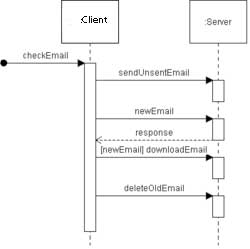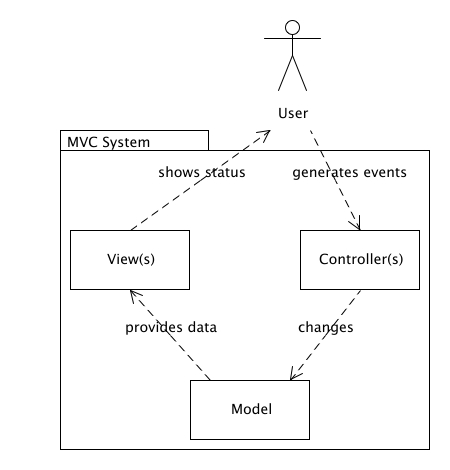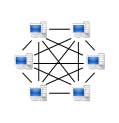What is a Design Pattern?
- A solution to a common design problem.
- Describes a common design problem
- Describes the solution to the problem
- Discusses the results and trade-offs of applying the pattern
- Provides the capability to reuse successful designs.

Design patterns are being collected and cataloged in a number of publications and media. You can use design patterns to solve issues in your design without "reinventing the wheel". You can also use design patterns to validate and verify your current approaches.
Using design patterns can lead to more maintainable systems and increased productivity. They provide excellent examples of good design heuristics and design vocabulary. In order to use design patterns effectively, you should become familiar with some common design patterns and the issues that they mitigate.
A design pattern is modeled in the UML as a parameterized collaboration. Thus it has a structural aspect and a behavioral aspect. The structural part is the classes whose instances implement the pattern, and their relationships (the static view). The behavioral aspect describes how the instance collaborate -- usually by sending messages to one another -- to implement the pattern (the dynamic view). A parameterized collaboration is a template for a collaboration.The Template Parameters are used to adapt the collaboration for a specific usage.These parameters may be bound to different sets of abstractions, depending on how they are applied in the design.



